How to Forage & Collect 'Backyard' Blackwater & Biotope Aquarium Botanicals
Aquatic habitats all around the globe often have some sort of botanical input into their waterways, such as leaves, bark, seed pods, or literally the entire tree. Whether it be leaves falling from the forest canopy above, seasonal flooding bringing in fallen leaf litter from the adjacent forest, or trees aging out and falling into the water. As a young kid, my connection to this started with Salmon rearing in elementary school—a big 55-gallon aquarium at the back of the classroom filled with coho eggs. Once those eggs had hatched, we would go and return them to Carkeek Creek, letting them imprint on the waterway inside of this little kitty pool, with one of the lessons focused on leaf litter. In this temperate forest ecosystem, the leaf litter serves many functions, and most predominantly as a food source for microfauna (bacteria/fungi) and macrofauna (cadisfly/copepods/scuds), which then feed the salmon fry once they become free swimming. These food web interactions can be found all around the globe in tropical habitats like the Igapo, or in the forests around the Sarawak. Just like in natural aquatic environments where leaves, pods, and branches fall into rivers and lakes, adding collected botanicals into your tank replicates these processes, creating a healthier, more natural habitat for your fish.
What Locally Collected Leaves & Seed Pods can be used in Blackwater & Biotope Aquariums?
We love using tropical species of leaves in our aquariums, like Catappa, Guava, Jackfruit, Magnolia, or Banana. It makes sense, as most of our fish come from tropical locations. But, if you live in cooler, less tropical climates, there may be trees in your neighborhood dropping leaves right now, which you could collect. These locally collected botanicals will still mimic your fishes natural environment from a functional standpoint, but what betta would naturally see an oak leaf?! Here in Washington State, USA, we have been gathering aquarium botanicals like;
- Magnolia grandiflora (Pods & Leaves)
- Persian Walnut (Juglans regia)
- Oaks (Quercus alba & Quercus rubra)
- Beech Leaves & Pods (Fagus sylvatica)
- Alder (Alnus rubra)
- Sycamore (Platanus occidentalis)
- Sycamore Maple (Acer pseudoplatanus)
- Bamboo
- Various Dried Grasses (Do not transport the seeds around!)
- Sweetgum Pods (Liquidambar styraciflua)
- Bracken Fern (Pteridium aquilinum)
- Nettles (Seasonally between April-June)
Botanicals are a vital component of a natural fish tank, providing beneficial compounds. It might seem unusual for an online botanical company to recommend foraging for your own aquarium botanicals. However, Betta Botanicals encourages foraging as long as it is done safely and without harming local ecosystems. Let's discuss this a bit more in depth and go beneath the leaves.

A dead rolly polly and alder cones in a botanical style aquarium.
Are Dead & Decomposing Leaves Good for the Aquarium?
One of the most important ingredients that decaying leaves add to an aquarium is Humic Substances. These are organic compounds that are important components of humus, a major organic fraction of soil. They influence water chemistry and allow new ways for life to establish in the aquarium that more sterile aquascaped tanks miss out on. In tap water, humic substances are removed during water treatment because they negatively interact with the chlorine needed to make it safe for humans to drink. Other compounds like tannins, flavonoids, antioxidants, polyphenols, and other beneficial compounds are replenished by the leaves, helping to mimic more ‘natural’ water.
By collecting botanicals locally, you're not only saving money but also reducing your environmental impact. It's a sustainable way to build your aquarium's ecosystem while engaging with the natural environment around you. Almost all bodies of water have some form of leaves, seed pods, fruit segments, or bark falling into them, helping to improve their water chemistry, and at Betta Botanicals, we believe our aquariums should foster as much ecology inside that glass box as possible.
Collecting & Cleaning Aquarium Botanicals
When we collect local botanicals for our aquariums, we follow the steps below to ensure the safety of our bettas, tetras, corydoras, rasboras, and other community fish.
- Collect from areas far away from cars
- Gather botanicals in areas where you are positive no pesticides have been used
- Make sure no dogs can pee on them (ie, pick above waist height)
- Avoid botanicals that have already begun decaying or are covered in dirt.
- Conduct extensive research on the species you intend to gather to make sure it doesn't contain poisonous sap (chances are it's been discussed in a fish forum!)
We like waiting for fall and after the first wind storm because many branches of dried materials fall from the forest canopy and are perfect for collecting. In order to store your botanicals for long-term use, we have had success drying them out in front of a fan in the garage until crisp and dry. Storing them in a canvas bag, or cardboard box will allow any residual moisture to evaporate and prevent them from decomposing in storage. Store in a cool, dry place.
How to Prepare Leaf Litter for your Blackwater or Biotope Aquarium

White oak and beech tree leaves, twigs, and seed pods.
We have a preparation video highlighting the steps needed to mitigate any potential contaminants in your aquarium, and we will always recommend following the prep method for all botanicals. We would greatly stress following the prep guide for the first introduction of locally collected botanicals because they are natural materials that come into contact with many compounds during their life span, like bird shit! This prep method helps to ensure their safety.
One of the best parts of gathering your own botanicals is the ability to experiment! Different leaves and seed pods will impart unique colors and textures to the water. Keep a journal or take photos of your tank as you introduce new botanicals and track how your fish and the water chemistry respond. Please collect and try new materials with caution—while I have yet to find a leaf or pod that didn’t work in the aquarium, I have not tried every plant growing under the sun. Some plants I have recently heard people have success with are fiddle leaf fig leaves and cypress needles—the latter a botanical we’d find within the Florida Everglades! Proceed with caution. Test on a tank of snails first with small amounts, proceeding to larger amounts, before deciding to test on fish (like minnows).

How to Add Botanicals to the Aquarium
Rinse. Boil. Drain & Strain. Soak.
- Rinse your botanicals in hot tap water for 60 seconds. This dislodges any dust or dirt from the product. Tap water is just fine.
- Boil your materials for 5 minutes. This helps to extract residual sugars from the product, which we don't want in our ecosystems, and mimics the natural dilution these materials would experience in nature. It also helps to slightly soften the materials so they sink quickly. This step also allows the wonderful aromas of the botanicals to circulate in your home, which smells quite nice
- Drain & Strain your botanicals. You may exclaim that this is a waste of tannins, but truthfully, this only discards 5-10% of the tannins in the botanicals and is well worth it to ensure the sugars, dust, or potential contaminants don't enter your ecosystem. If you hand-collected your own materials and are 100% confident in them, you can omit this step—but keep in mind you take full ownership of the risk you are taking.
- Soak. The soak can be for however long you want, and it is to ensure that your materials are fully waterlogged for when you add them to the ecosystem. The water from this step is safe to add to the aquarium, and in the blackwater hobby is referred to as 'tank tea'. It is full of beneficial compounds like tannins, humic acids, fulvic acids, antioxidants, and other humic substances. You can dose this to your aquarium and store any extra in the fridge for 1 to 2 weeks. Keep in mind that this tank tea is full of tannins and beneficial compounds, which are ideal food sources for molds and bacteria—this is why we recommend storing it in the fridge.
Depending on what species of tree you gathered, you will see varying levels of tannins imparted to the water, and you will see varying levels of biofilms established over the coming week. Different botanicals have different palatability to bacteria and fungal colonies, with softer materials generating quite intense biofilms as they are consumed quickly. Now is the time you add these materials to your ecosystem. If it is a new aquarium without tank inhabitants, you can add as many as you want, but if you already have fish or shrimp, we recommend 2-3 botanicals or a singular small handful per 5 gallons of water. Botanicals are fuel for the ecosystem and are consumed by bacteria and fungi.
If you have shrimp in the ecosystem, it is common practice to add an air stone to ensure oxygen levels are adequate in the ecosystem, and the same goes for if fish begin to gasp at the surface. These are signs that you have added too many botanicals at once, and we recommend you conduct a small partial water exchange of 10-15%. Over time, you will learn how much to add during each addition, and it will become second nature for you.
Foraging & Using Unproven Aquatic Botanicals of Concern
The following botanicals still need a bit more testing, but I have been discussing with various hobbyists around the globe and have heard of their use. Please proceed with caution if you decide to test the following.
- Cypress Needs (Taxodium distichum var. nutans)
- Pine, Fir & Cedar Trees (All Varieties) more on this soon....
- Black Walnut (Juglans nigra)
- Fiddle Leaf Fig Leaves (Ficus lyrata)
- Lilac (All Varieties) wet wood and green leaves are poisonous!!!
- Fruit Trees (All Varieties) wet wood and green leaves are poisonous!!!
- Eucalyptus (All Varieties) mixed results, and I don't recommend.
Happy Foraging! Don't Kill Your Fish!
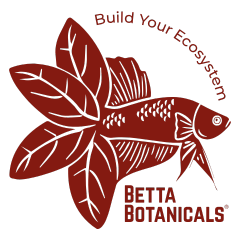
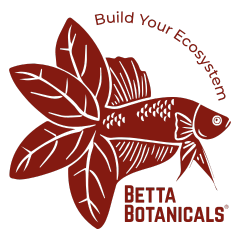
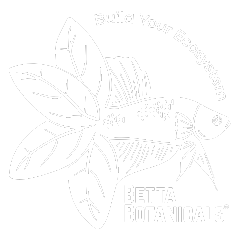
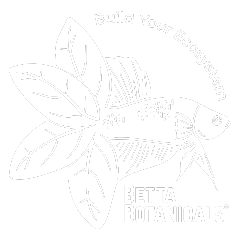
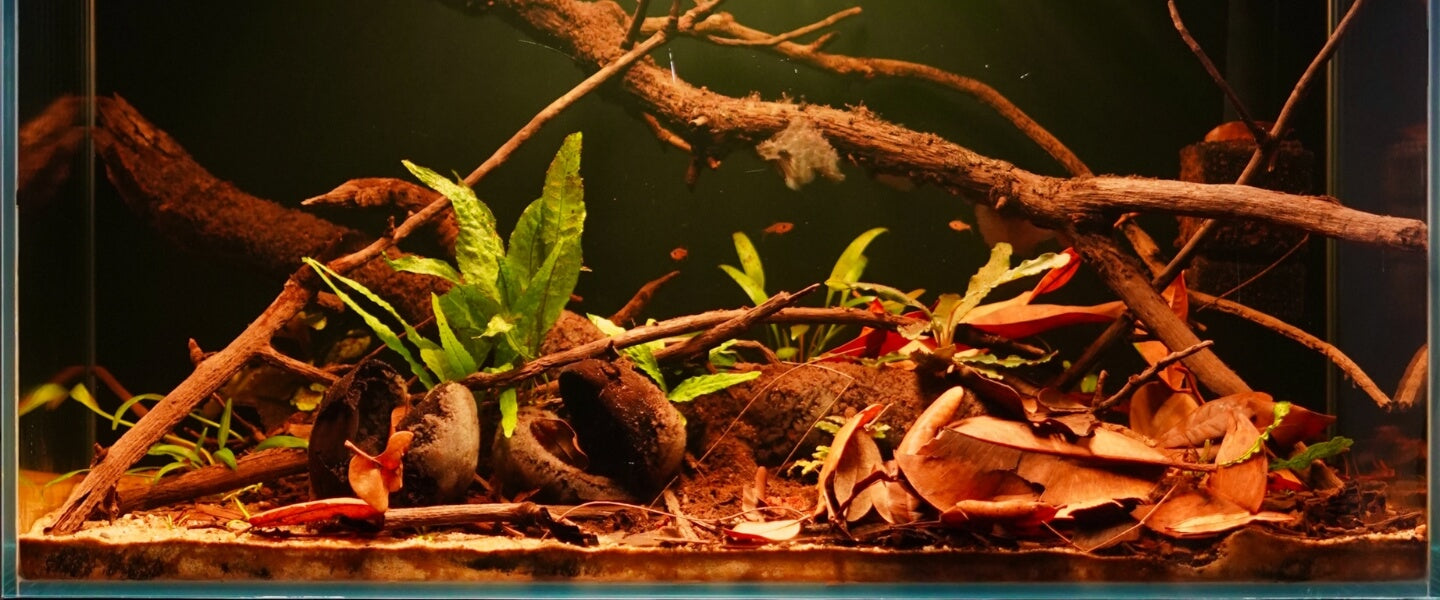
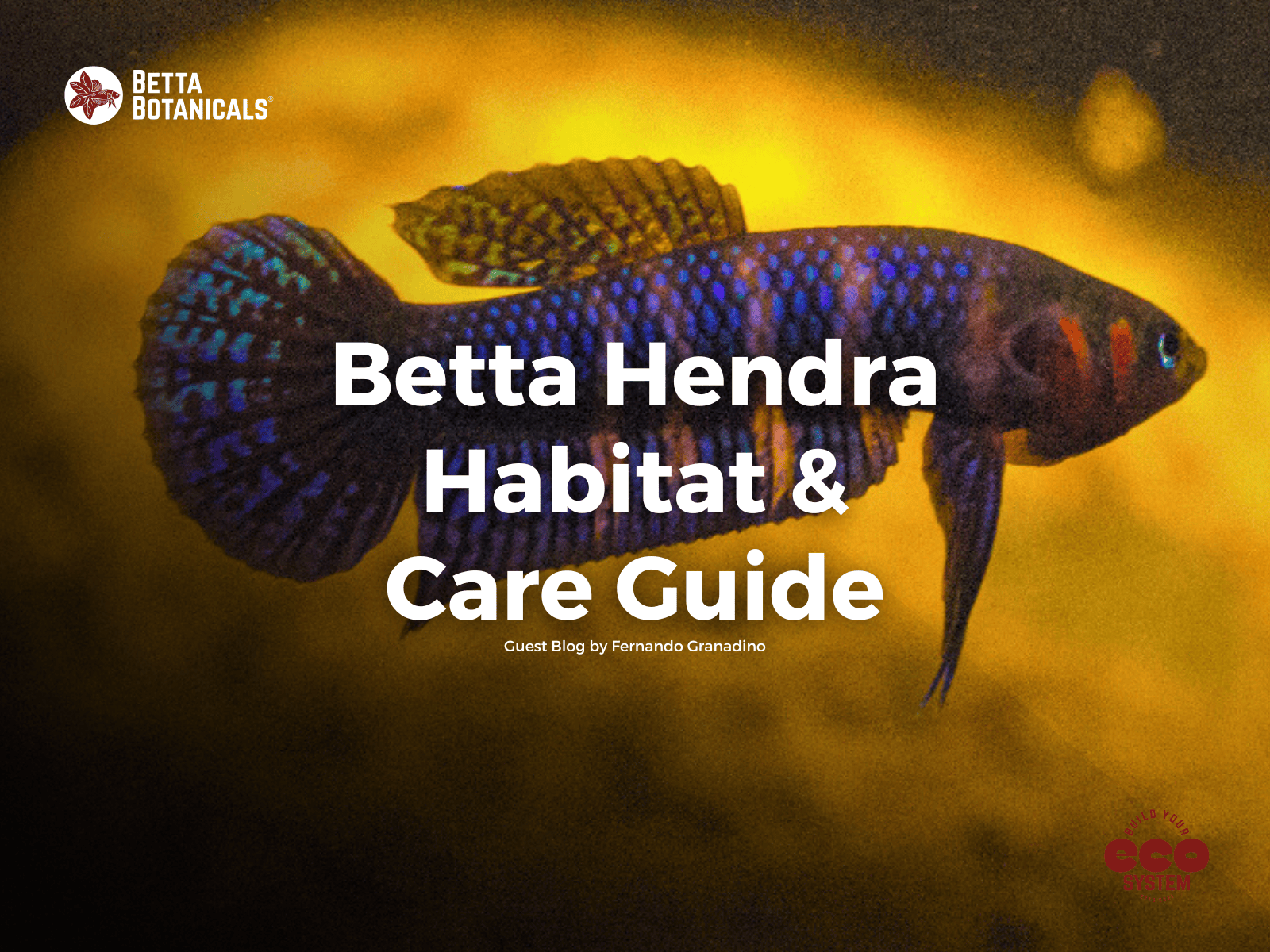
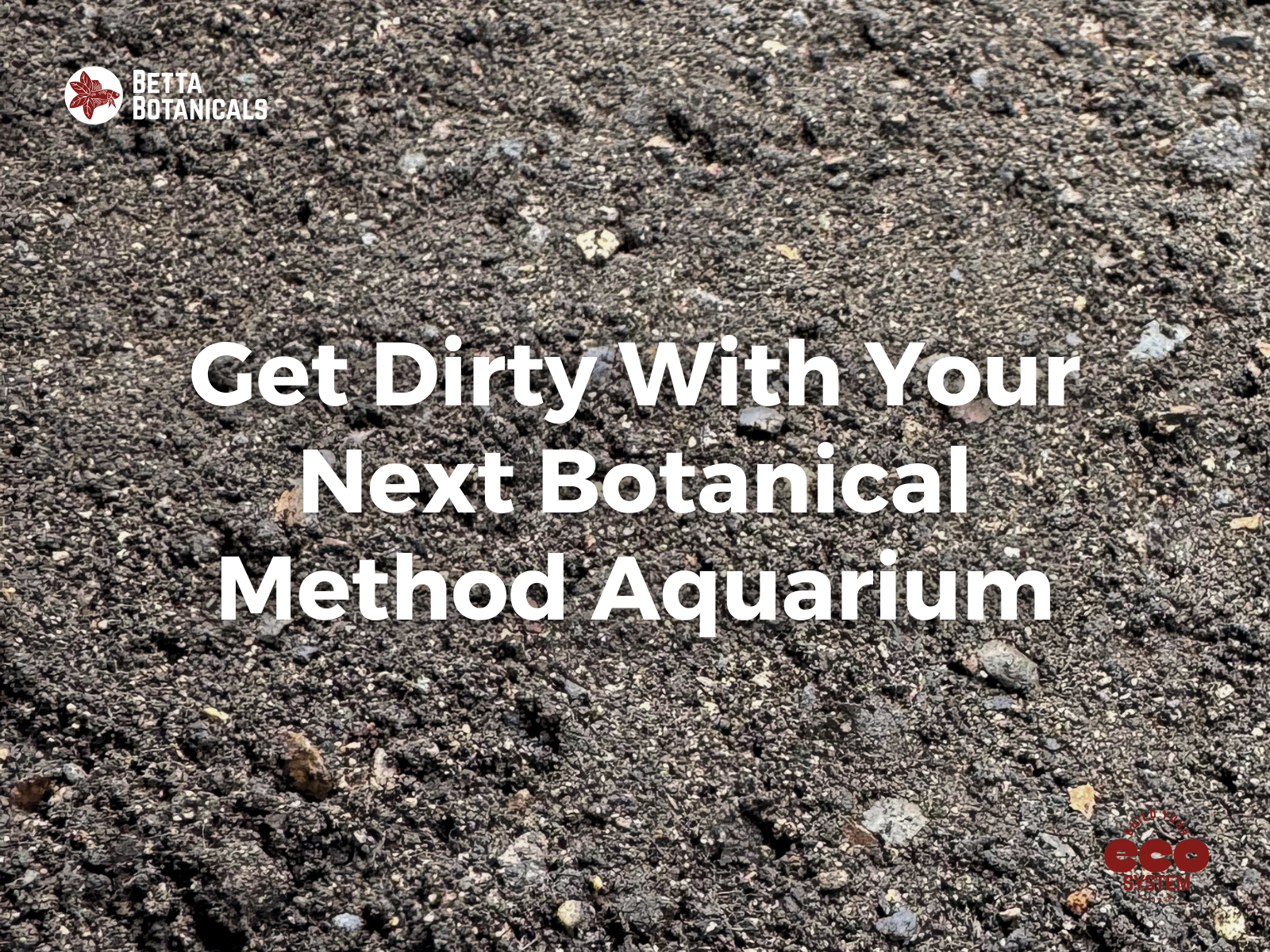
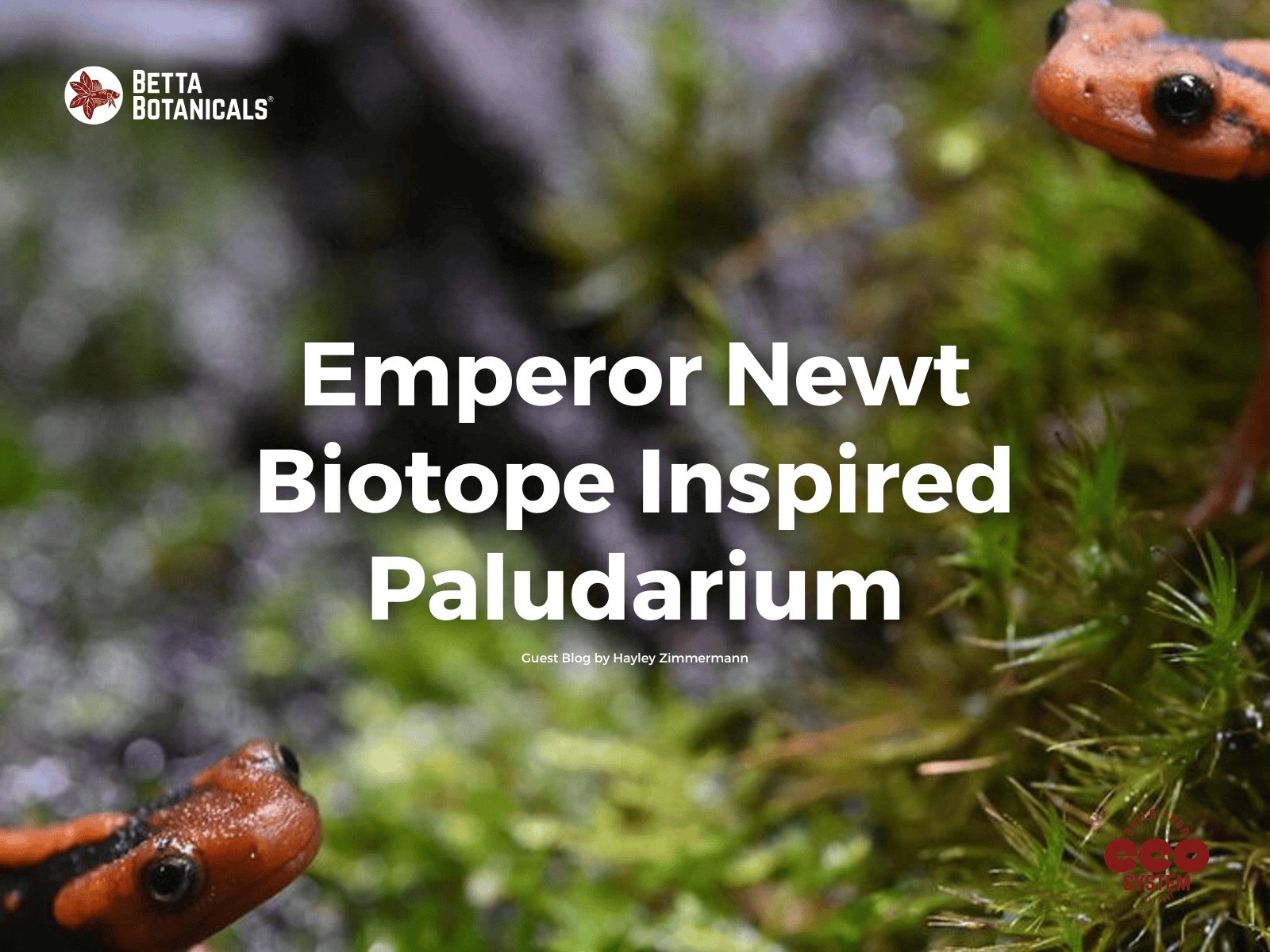
Inspire your friends:
Culturing Flightless Fruit Flies for Fish in Blackwater Aquariums
Understanding Biotope Aquariums: A Journey into Natural Habitat Replication
3 comments
This inspired me to pick up a bagful of acorn caps when I went to the state park today.
Does anybody know about Redwood? I’ve started to use redwood leaves and cones. I’ve only come across one or two entries online of other people using them. So I thought I’d check here… Thanks!
Thank you, very informative 👌